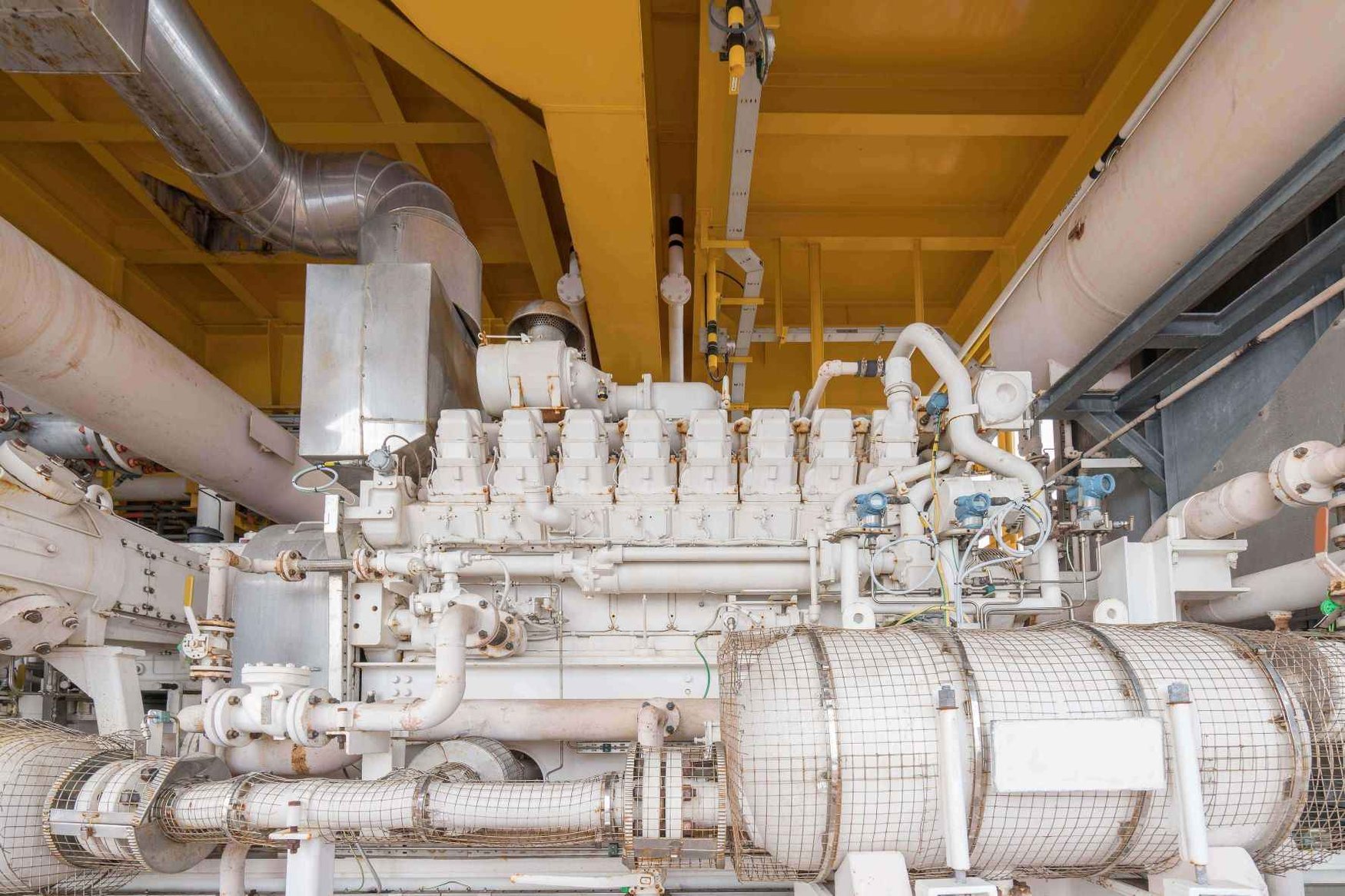Amp Up the Pressure through Natural Gas Booster Systems

Over the recent years, natural gas extraction in the United States has significantly increased due to technological advances in horizontal drilling and hydraulic fracturing. As per Municipal Code of Chicago, natural gas supply pressure should not be less than 1.5 WC and should have less than 100 percent fluctuation in pressure above the minimum pressure at the inlet. Gases stored in accumulators can go as high as 6,000 psi.
Most commercial and industrial applications require a higher pressure. But service line supply has limitations like regulators, clogged vents, old infrastructure or lengthy distance to the site while cylinders have a pressure limit for safety purposes. Natural Gas Booster Systems provide high-pressure gas (Up to 36,000 psi) to meet your specific industrial needs.
Types and Working of Boosters
High gas pressures are required in a variety of industrial and commercial zones, including manufacturing plants, restaurants, warehouses, stadiums, offices, or healthcare and educational facilities.
There are several designs mainly two types:
- Shaft Seal
- Hermetically Sealed
Some gas pressure booster typically has a centrifugal fan which draws the gas through the inlet and throws it out at elevated pressures. Having two sub-types:
- Multistage centrifugal design, a heavy-duty design, in which air is compressed twice.
- Single stage centrifugal design, a low duty design, in which air is compressed once.
Others have a reciprocating pump driven by air actuated pistons.
The boosters are concealed in air-tight stainless steel enclosures. The output pressure gets higher as the ratio increases. A given ratio can be altered by altering piston ratios and so on, labeling the capacity of working of the gas booster. They come with adjustable expansion joints, pressure gauges at inlet and outlet, low inlet pressure switch, heat exchangers, high-quality pressure regulators, and overall enhanced control features. This allows you a dominant control over the discharged pressure as it is the sum of booster throttled pressure plus incoming gas pressure.
Additional cutting-edge features are continually being installed to increase their efficiency and safety while making them economical and easy to use, like:
- Seal-less compressors where magnetic field moves the piston, eliminating mechanical links.
- Anaerobic digestion compressors on landfills include protective epoxy coatings.
- Modulation re-circulation valve with a heat exchanger in a loop to lower operating flow below rated flow.
- OSHA rated internal clearances to increase long-term reliability and reduce noise during operation.
Make sure your industrial requirements are fulfilled.
Advantages of Using a Gas Pressure Booster System
As we know gas pressure booster systems offer pressures up to 36000 psi, they are a more reliable solution compared to cylinders. They’re easy to maintain and compact. Most of them are robustly sealed with high-grade steel and, thus, are explosion-proof and safe. They’re also eco-friendly and prevent your industry from Inter-state, Chicago-based or UNFCCC bans.
They offer a number of operational benefits:
- Reduces the job-site pressure as it’s the most reliable system due to embedded PLCs
- It’s an easy-to-install solution
- Low maintenance and fit for fast-track schedules
- Portable and easy to use controls
- Sensors to monitor data
- Ability to modify or stall pressure to fit the requirement of an appliance
- Hydrocarbon free due to the separation between air and gas content
- No limit or negative effect to constantly alternating-switching applications
Applications of Gas Pressure Booster System
Gas Boosters are a common part of almost every industry. To supply higher-pressure appliances, it’d be more economical to use gas boosters, as increasing the pressure on the main regulator and fitting individual regulators at each low-pressure appliance would cost more. Due to the wide range of designs, it is best to select booster optimized for your application. A double acting or single acting, single stage or multistage or a combination of these allow you to achieve the best operating pressures and flow capacities. We recommend hiring Chicago MEP engineers to guide you through the process.
Some of the industrial and commercial zones with possible applications are:
- Automotive Industry (Hydraulic and Pneumatic Cylinder actuation, Charging Vehicle Suspension Systems)
- Safety and Rescue Industry (Charging Gun Recoil Mechanism, Hydrogen Fueling, Filling airbag cylinder)Theaters, public halls (Central vacuuming system)
- Power and Energy Industries (Charging Infrared Missile Cooling System, Pressure Testing of Valves)
- Aerospace Industry (Charging Aircraft Landing Gear, Missile Testing)
- Commercial Machine Tools (Operating Hydraulic Jacks, Soldering equipment)
- Oil and Gas Industry (Helium Recovery, Pressure Testing)
- Manufacturing Industry (Calibration, Water-Jet Cutting and Blasting, Metal cutting)
- Laboratory Research (Pressure equalization Down Hole Upstream, Fuel Cell Research)
- Public transportation (Central vacuum systems with long hoses to clean buses and rail cars)
How to Select the Right Gas Booster
Selection of a gas pressure booster that suits your need, is a more critical matter than the selection of a liquid pump. Gas is a compressible medium and is generally unaffected by gravitational force. It is recommended to hover over the following list of questions regarding parameters and make a checklist when determining the ideal gas booster for your firm.
- What is the required maximum outlet pressure?
- What is the gas supply pressure or inlet pressure to the booster?
- Is the inlet pressure constant?
- If pressure fluctuates what is the range of fluctuation?
- What are the air drive pressure and air drive volume?
- Which type of gas is being used?
- What are the ambient conditions?
- What is the flow rate required and at which pressure?
- Is there a time constraint to fill a particular volume of the vessel?
Make a selection on pressure first, and then make a selection of the required flow rate based on the gas supply pressure.
Conclusion
For an accurate gas booster selection, it is recommended to hire Chicago MEP Engineers. It allows you to get additional support and compliance with section 414.3 of Gas Piping Installation, of the International Fuel Gas Code. Engineers have specially developed computer programs to accurately calculate and judge the right booster installation for your desired application.
A gas booster shouldn’t be turned on without gas being directed through it. Make sure contamination levels are at their lowest in the gas. Most importantly, give proper time and attention to servicing.

Ankit Javeri
Ankit is the Project Manager at NY Engineers, who holds an M.Tech. Some of his projects includes Community Access, Jackson Avenue
Join 15,000+ Fellow Architects and Contractors
Get expert engineering tips straight to your inbox. Subscribe to the NY Engineers Blog below.



